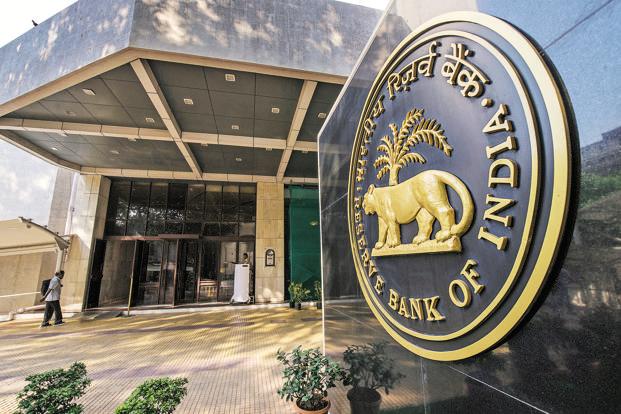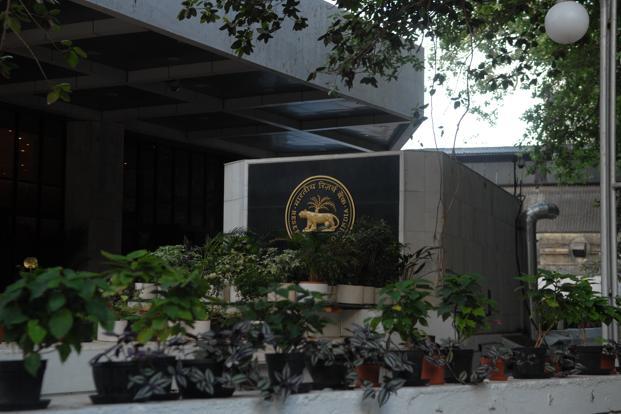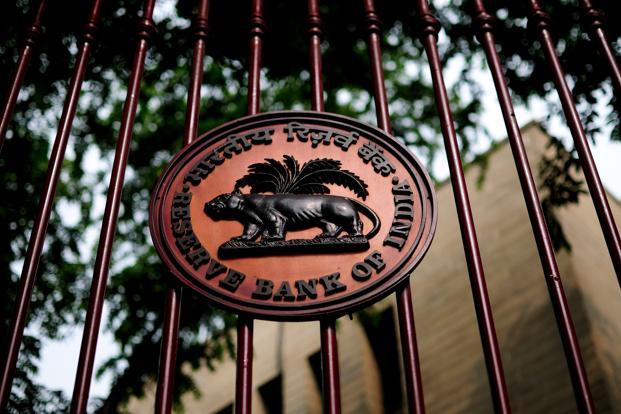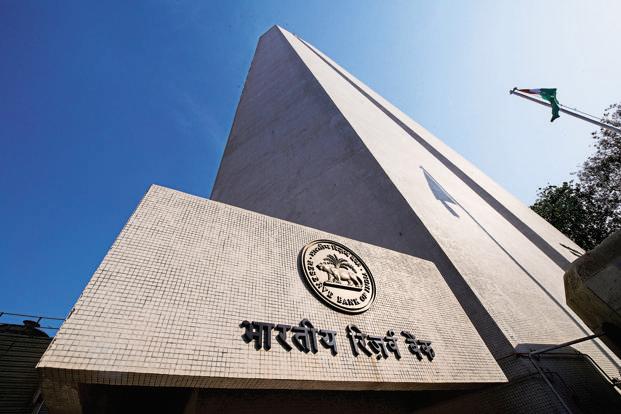Both payments banks and small finance banks, two new beasts on India’s banking turf, will be required to maintain a capital adequacy ratio (CAR) of 15% with Tier I (consisting of equity and reserves) and Tier II (long term debt, among other things) ratios equally split at 7.5% each. This is far higher than the CAR of the so-called universal banks, which can dabble in many banking activities that payments banks and small finance banks are not allowed to. CAR is a measure of financial strength expressed as the ratio of capital to risk-weighted assets.
In accordance with the Basel III norms, the Reserve Bank of India (RBI) wants banks operating in India to maintain a minimum CAR of 10.25% by March 2017 and 11.5% by March 2019. The two new universal banks which started operations last year—IDFC Bank Ltd and Bandhan Bank Ltd—are also required to maintain a CAR that is less than the level specified for the two sets of new banks, 13% for the first three years.
Why does RBI want the new banks, particularly payments banks which will have no exposure to loans, to maintain such a high CAR? The measure is meant to protect depositors in case a bank goes bust and maintain stability in the financial system. CAR gives banks a cushion to absorb a reasonable amount of losses if too many loans go bad. It also discourages banks from making excessively risky loans and investments.
While the small finance banks are allowed to do most of the things a universal bank can, albeit in small doses, the payments banks are a different matter. They can’t give loans, except to their own employees; 75% of their deposits are to be invested in risk-free government securities and the rest in other banks’ deposits. They can open only savings and current accounts, and that too up to Rs1 lakh, an amount which is protected by an insurance cover in case a bank goes belly up.
So why do payments banks have to maintain such a high CAR? The regulator is more concerned about the operational risks that such banks will face than the credit risks. Payments banks are expected to provide small savings accounts and payments/remittance services to migrant labourers, low-income households, small businesses and other unorganized sector entities, and expand financial inclusion in Asia’s third largest economy.
Since nothing prevents regular commercial banks from offering such services, the payments banks will have to spend tons of money to create the right infrastructure to be in the business. The RBI is apprehensive that the payments banks will end up burning too much capital in building their franchises. More than the protection of the depositors (anyway they have insurance cover), the regulator is concerned about the future of the payments banks themselves.
In November 2014, after the RBI released the final guidelines for the payments banks (based on the recommendations of the Committee on Comprehensive Financial Services for Small Businesses and Low Income Households, headed by Nachiket Mor), in their over-enthusiasm, 41 entities joined the queue, seeking licences. Eleven of them were given in-principle licences, three of which have already backed out. They are Tech Mahindra Ltd, Cholamandalam Distribution Services Ltd and Dilip Shantilal Shanghvi (promoter of Sun Pharma Ltd). I will not be surprised if a few more of the remaining eight decide to quit as running a payments bank will not be a cakewalk.
At the initial stage, many corporations were interested and some of them possibly thought they could follow the “foot in the door” policy—they would start as a payments bank and in due course, they would secure the licence for a full-fledged bank. But that won’t happen as the RBI is pretty clear that the role of the payments bank will not stretch beyond that of a banking correspondent of a regular bank (in terms of sourcing deposits and loans and earning commissions) beside the fee-based remittance business.
The payments banks will be able to open accounts with digital signatures, reducing the need for physical access points, and they can employ their group companies and business partners as business correspondents to sell their products. The RBI’s final guidelines say an employee of a payments bank should be available for a sufficient duration, at a fixed location known to customers at the district level, to attend to customer grievances and support agent supervision.
This fixed location may also be used to conduct the banking business of the payments bank and it will be considered as a physical access point. One-fourth of such access points are to be in rural pockets. On the whole, a payments bank can be a business correspondent of a regular bank and, at the same time, it also can employ business correspondents to source deposits.
As the first flush of enthusiasm ebbs, it needs to be seen how many remain in the fray till the end and actually set up payments banks. Besides fees for remittances and sourcing deposits for other banks, such banks can also make money using the so-called float or the idle money that remains with them for hours or days while remitting funds but no one probably has got the hang of the right business model as yet.
Of the eight that are putting the final touches on their business plans, four are in the telecom space—Airtel M Commerce Services Ltd (partnering Kotak Mahindra Bank), Reliance Industries Ltd (Reliance Jio Infocomm Ltd is partnering State Bank of India), Vodafone m-pesa Ltd and Idea Cellular Ltd. In July, Bharti Airtel Ltd had close to 257 million subscribers, Vodafone India 200 million, Idea 176.5 million and a 9 October statement said Reliance Jio had managed to get 16 million customers since its launch the previous month. They have a captive subscriber base and, if nothing else, the payments bank activities will help them create stickiness for their telecom customers. For others, it will be a difficult task—setting up a payments bank and making money, even after five years.



